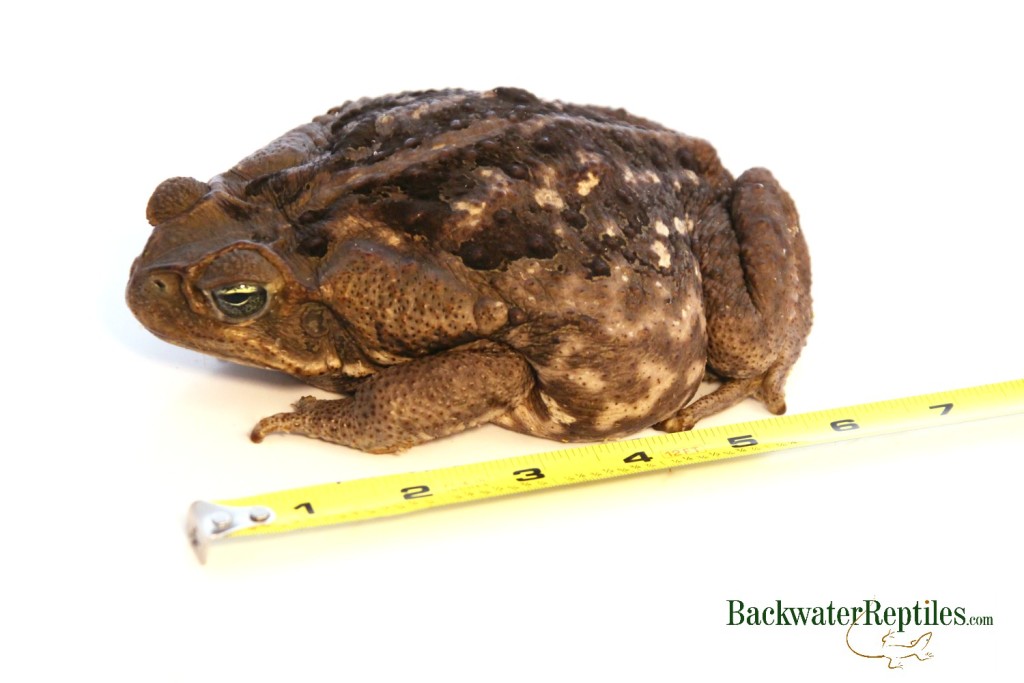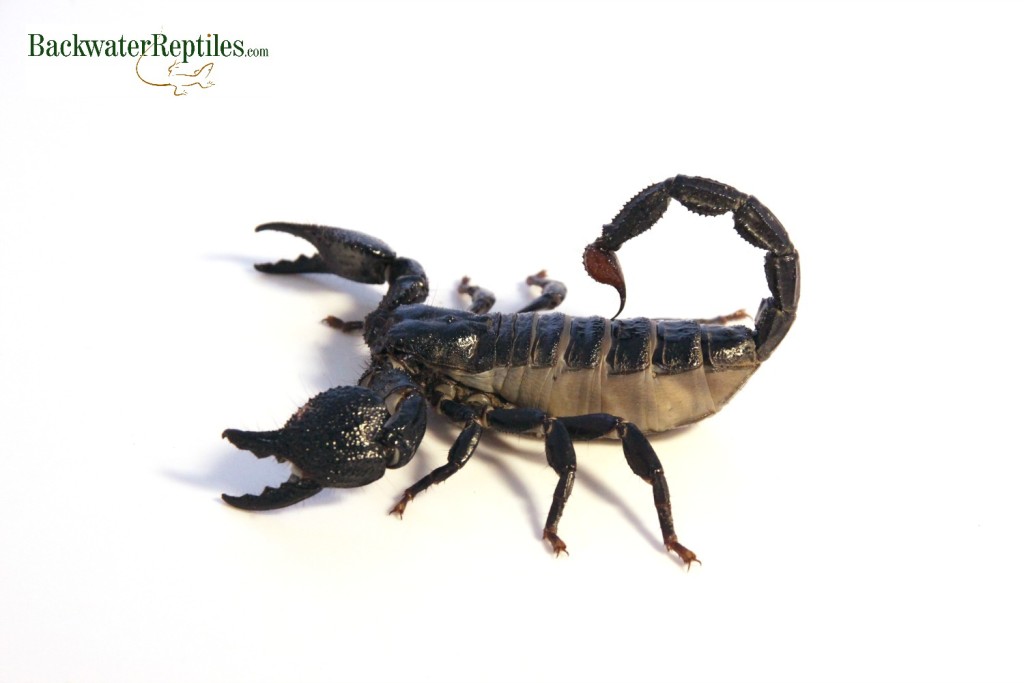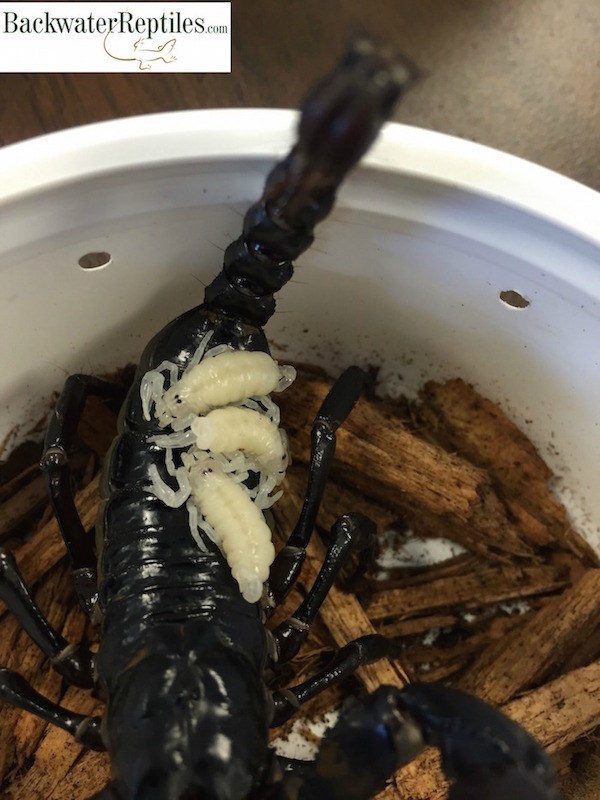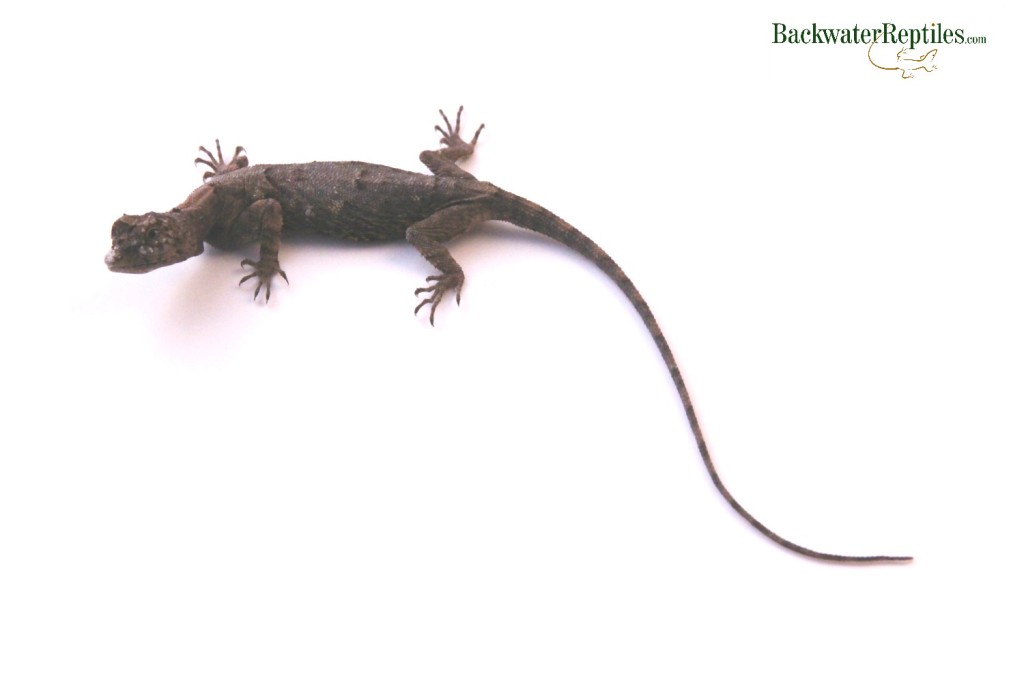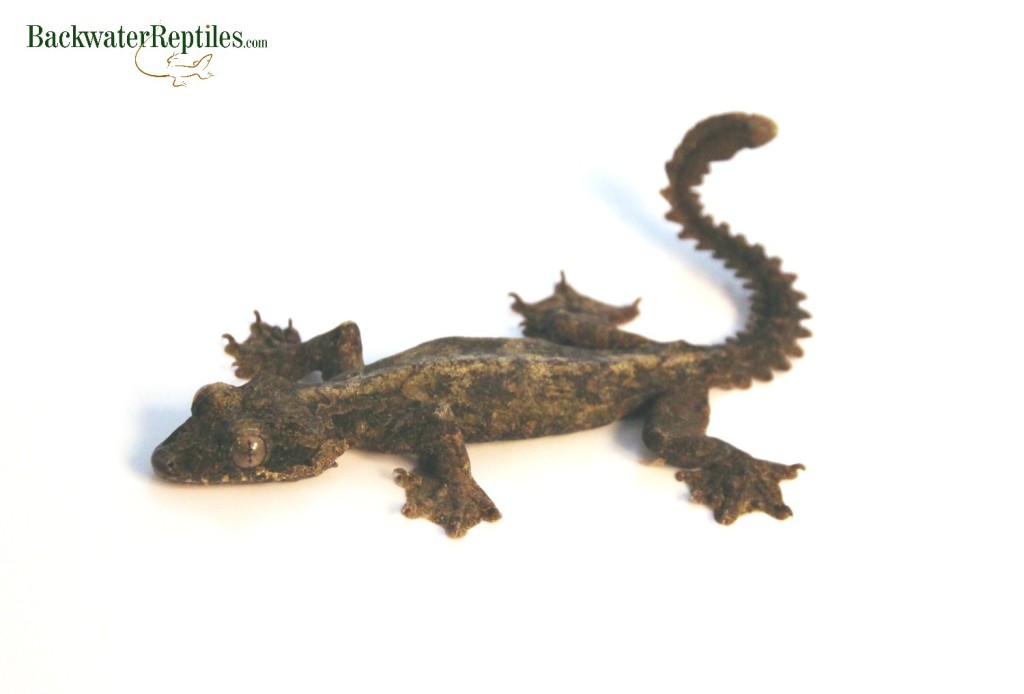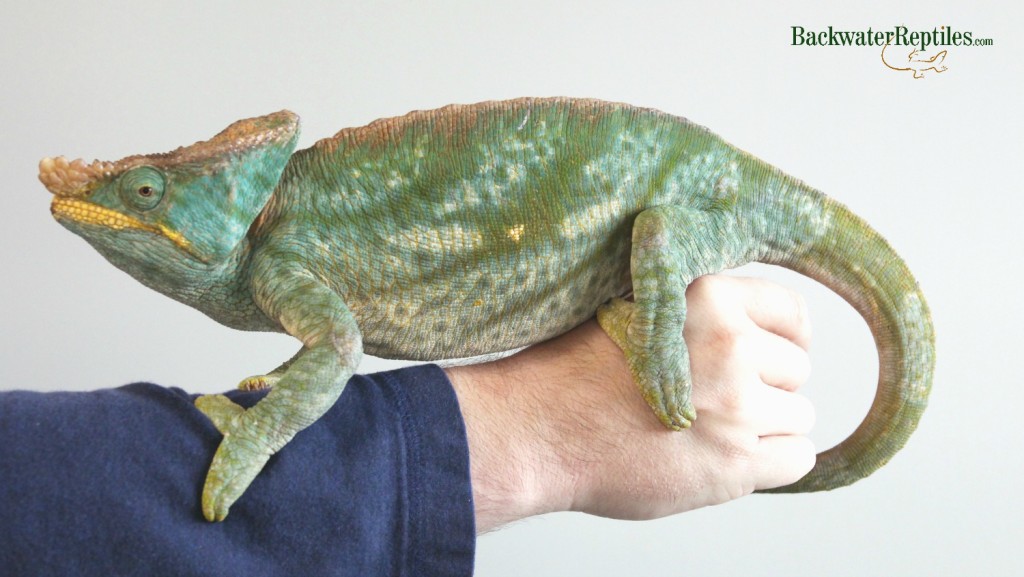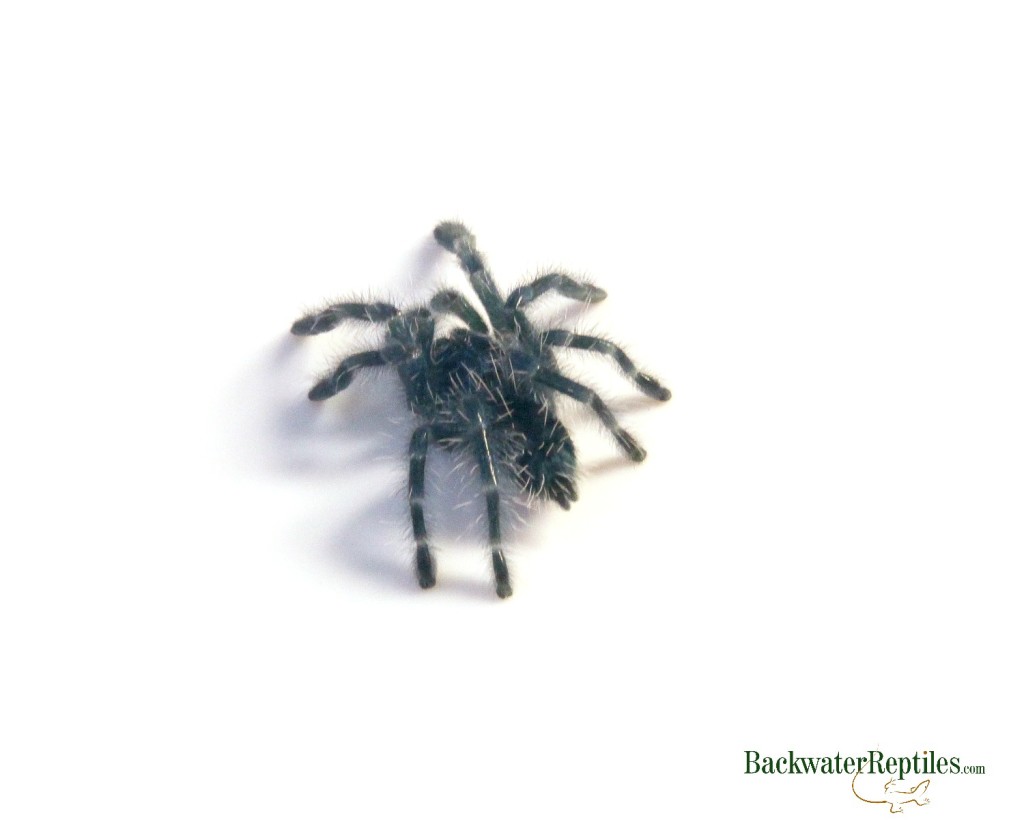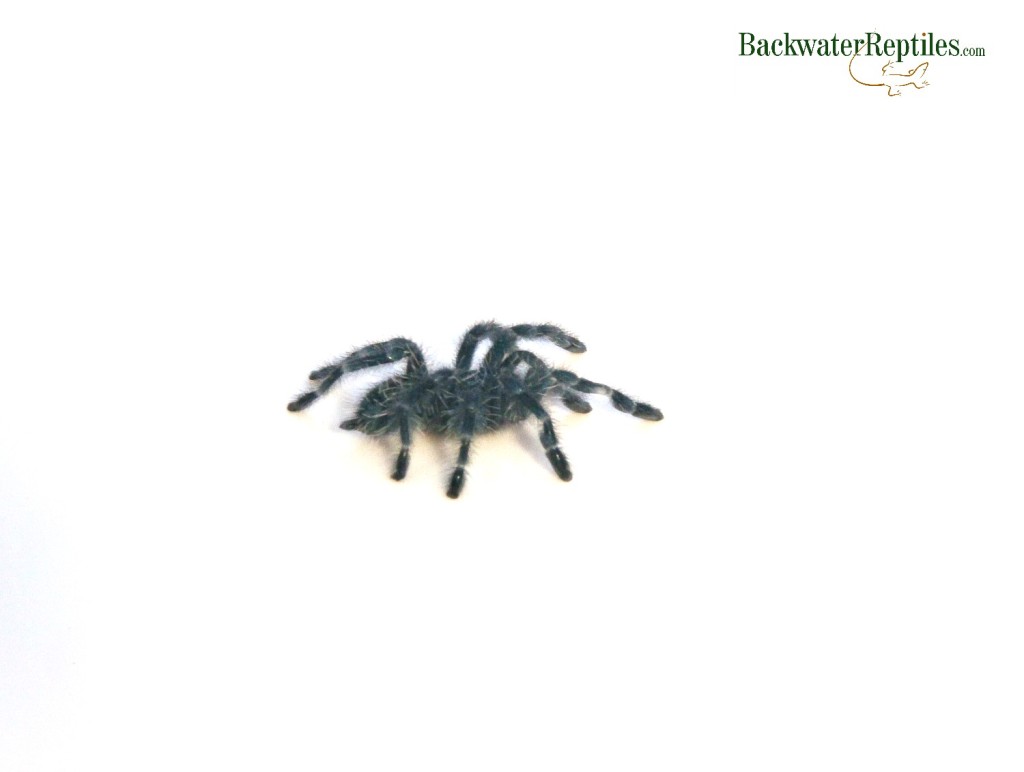If you have an insectivorous pet reptile or amphibian of any variety, odds are you have at least heard of mealworms. But just in case you haven’t, you should know that in the reptile enthusiast world, mealworms are feeder insects that are commonly consumed by virtually every type of critter that needs protein in its diet.
In this article, we’ll touch upon the life cycle of the mealworm, tell you why you should feed your critter mealworms, and even discuss how you can raise feeder mealworms of your own.
What are feeder mealworms?
Mealworms are the larval form of a beetle called the mealworm beetle (Tenebrio molitor). They essentially look as their common name describes them – like worms. If you examine them closely, however, you will be able to see that they do have segmented bodies with short legs towards their heads.
When in the larval state, mealworms are light brown and can have darker brown accent bands. Standard size worms will range in size from a quarter of an inch up to three quarters of an inch. There are also giant mealworms available, which measure approximately an inch long on average.
In their natural habitat, mealworms can be found in dark, damp and warm places such as underneath decaying logs or compost. They are composters by nature and will essentially eat anything that is decomposing, including garbage.

Why should I use mealworms as feeder insects?
Mealworms are readily available at pet stores and are extremely common feeder insects for all types of exotic pets. This is mainly because they are extremely high in protein content which makes them very nutritious to reptiles and amphibians.
Reptiles and amphibians such as bearded dragons, frogs, chameleons, leopard geckos, and even some turtles enjoy eating mealworms. In fact, pretty much any carnivorous reptile, amphibian, and even tarantulas and scorpions on occasion will consume mealworms.
Because mealworms can vary so much in size, we do recommend that you carefully assess whether or not the mealworm in question is too large for your pet. Generally, if the invertebrate is not larger than the space between the eyes of the animal that will be consuming it, it is safe to feed to your pet.
Interestingly enough, mealworms can also be frozen or dried as a means to preserve them. However, we want to make it clear that not many reptiles or amphibians will recognize dead insects as a food source. The movement of the invertebrate is usually what triggers the food response in your pet, so a dead mealworm is not usually a viable option for most owners, even if it might be more convenient. We’ve really only seen dried/frozen mealworms work as feeders for aquatic eaters like some species of turtle.
How can I raise mealworms of my own to feed to my pet?

Once they have stored up enough energy to transform into the next phase of their life cycle, a mealworm will become a pupa and then a beetle afterwards. If you want to continue the life cycle of your mealworms on your own, it won’t really require much effort on your part.
If you intend to prolong the shelf life of the larval worm stage, keep uneaten worms in the refrigerator and take them out every few days to feed them. The cold will slow their metabolisms and hopefully give you more time with the worm phase (i.e. the edible phase).
Once you are ready to start the worms breeding, all you need is a container, substrate, food, water, and approximately a hundred worms to start your colony.
A container tall enough that the worms can’t crawl out is all you need. Your mealworm’s substrate will be its food. Wheat bran, oatmeal, corn meal, and other dry grainy foods are all options.
Don’t put a water dish in the enclosure as the worms will just drown. Instead, some water-heavy veggies are the way to go. Try putting some potato slices, carrots, or apples in the mealworms’ home for the best results.
Allow the life cycle to continue on and remove any new beetles and pupa as they accumulate.
Conclusion
Mealworms are very tasty treats for reptiles and amphibians of all types. If you own a carnivorous pet, odds are it will avidly consume mealworms.
Backwater Reptiles sells feeder mealworms of various sizes and in various quantities.



